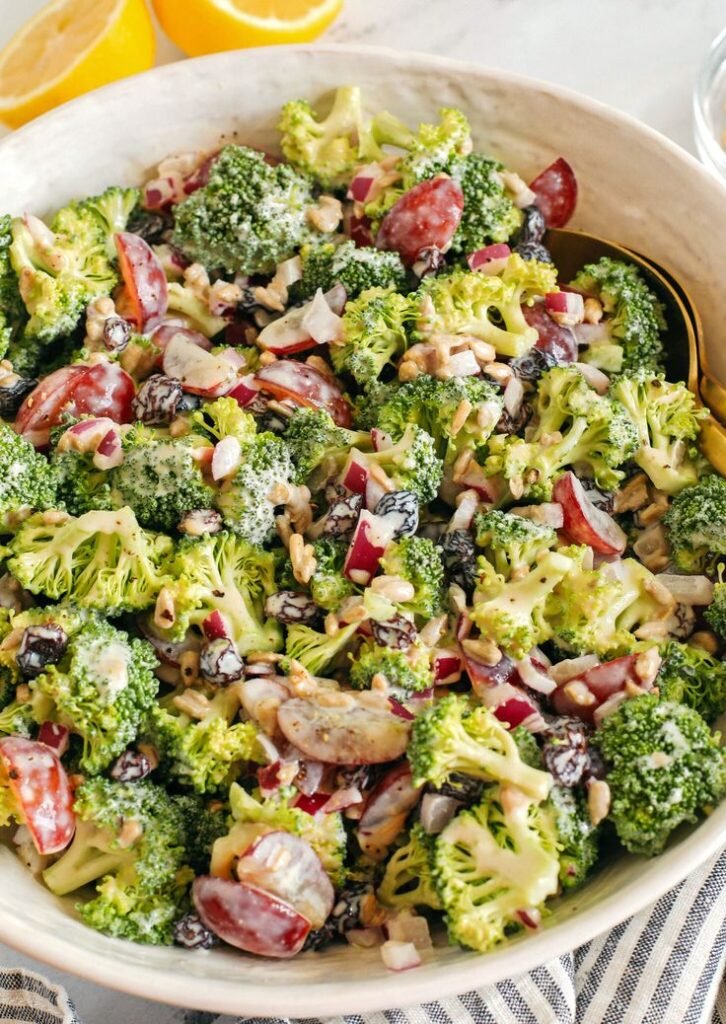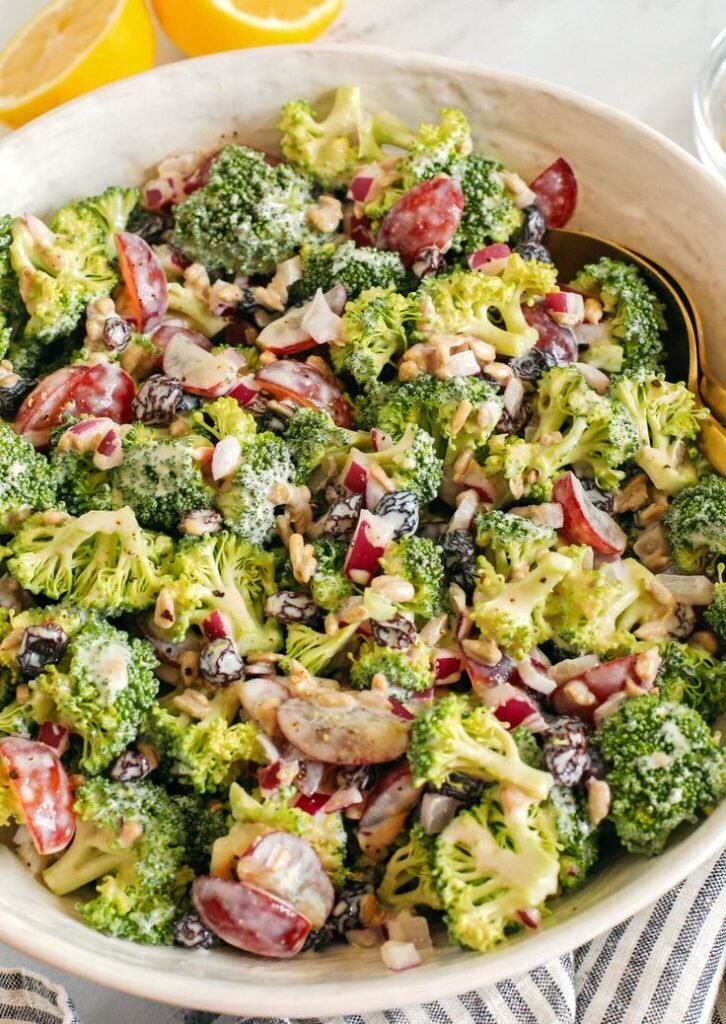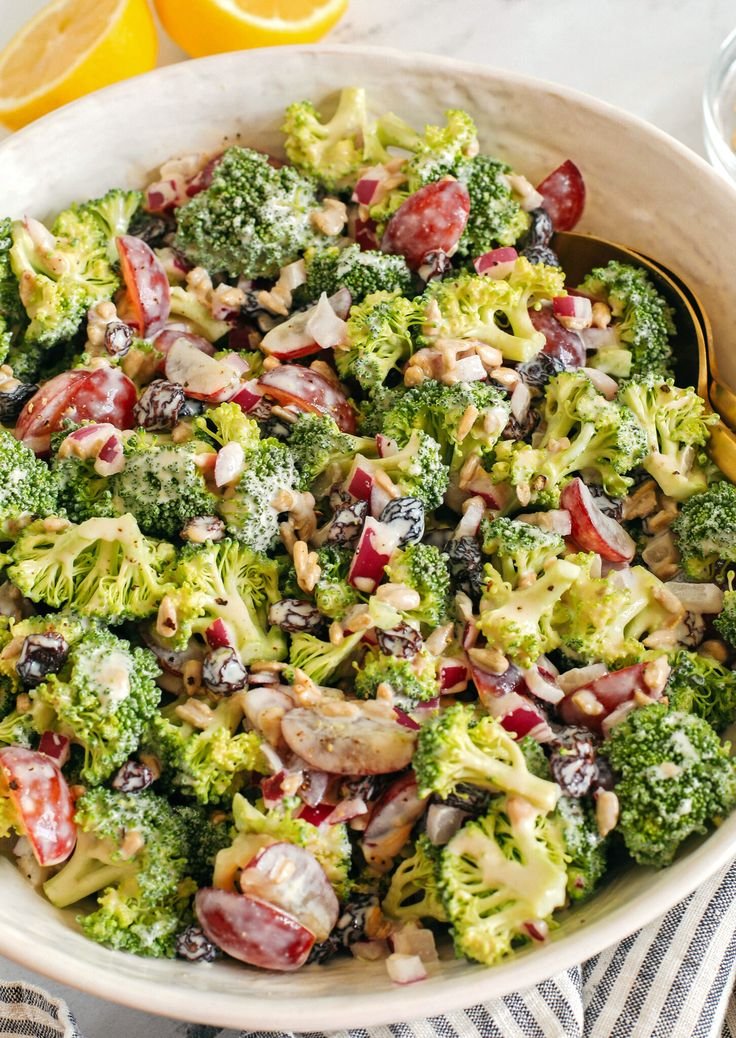Discover the keto diet with our comprehensive guide. Learn how this high-fat, low-carb diet works, its benefits, potential drawbacks, and practical tips for success. Get insights on what to eat, what to avoid, and how to transition smoothly into ketosis for effective weight loss and improved overall health.

The ketogenic (keto) diet has surged in popularity in recent years, becoming a go-to choice for many seeking to lose weight, improve their health, and enhance their energy levels. This detailed guide will provide an overview of the keto diet, its benefits, potential drawbacks, and practical tips for getting started.
What is the keto diet?
The ketogenic diet is a high-fat, low-carbohydrate eating plan designed to shift the body’s metabolism from burning glucose (sugar) to burning fat. By significantly reducing carbohydrate intake and increasing fat consumption, the body enters a metabolic state called ketosis, where it becomes highly efficient at burning fat for energy.
How does the keto diet work?
Carbohydrate Reduction: The primary goal is to limit carbohydrate intake to around 20–50 grams per day. This reduction in carbs forces the body to deplete its glycogen stores.
Increased Fat Intake: To compensate for the reduced carbs, fat intake is increased. Healthy fats like avocados, nuts, seeds, olive oil, and fatty fish become staples of the diet.
Moderate Protein: Protein intake is kept moderate. Excessive protein can be converted into glucose, which may interfere with ketosis.
Ketosis: As the body runs out of glycogen, it starts to produce ketones from fat in the liver. These ketones become the primary fuel source for the body and brain.

Benefits of the Keto Diet
Weight Loss: Many people experience rapid weight loss on the keto diet. This is due to the body’s increased ability to burn fat and reduced insulin levels, which lead to less fat storage.
Improved Mental Clarity: Ketones are a more stable energy source for the brain than glucose, which can lead to enhanced cognitive function and mental clarity.
Increased Energy Levels: Fat is a more efficient and long-lasting fuel source, providing sustained energy throughout the day.
Better Blood Sugar Control: The keto diet can help stabilize blood sugar levels, which is beneficial for those with diabetes or insulin resistance.
Reduced Inflammation: By cutting out processed carbs and sugars, many people experience a reduction in inflammation, leading to improved overall health.
Potential Drawbacks
Keto Flu: As the body transitions into ketosis, some people may experience flu-like symptoms, such as headaches, fatigue, nausea, and irritability. This is often referred to as the “keto flu” and usually resolves within a few days to a week.
Nutrient Deficiency: Cutting out a significant number of food groups can lead to nutrient deficiencies if not properly managed. It’s important to eat a variety of nutrient-dense foods and consider supplementation if necessary.
Digestive Issues: The high fat intake and reduced fiber from fruits and whole grains can cause digestive problems like constipation. Ensuring adequate fiber intake from non-starchy vegetables and seeds can help mitigate this.
Social and Lifestyle Challenges: The restrictive nature of the keto diet can make social eating and dining out more challenging. Planning and preparation are keys to staying on track.
Foods to Eat on a Keto Diet
Healthy Fats
Avocados and avocado oil
Coconut oil and MCT oil
Olive oil
Butter and ghee
Nuts and seeds
Proteins
Fatty fish (salmon, mackerel, and sardines)
Meat (beef, pork, lamb)
Poultry (chicken, turkey)
Eggs
Cheese
Low-Carb Vegetables
Leafy greens (spinach, kale, arugula)
Cruciferous vegetables (broccoli, cauliflower, and Brussels sprouts)
Zucchini
Bell peppers
Asparagus
Other Keto-Friendly Foods
Berries (in moderation)
Dark chocolate (70% cocoa or higher)
Coffee and tea (without sugar)
Bone broth
Foods to Avoid on a Keto Diet
Sugary foods (soda, candy, desserts)
Grains and starches (bread, pasta, rice)
High-carb fruits (bananas, apples, and grapes)
Beans and legumes (lentils, chickpeas, and black beans)
Root vegetables (potatoes, sweet potatoes, carrots)
Processed foods and unhealthy fats (margarine, processed snacks)
Tips for Success on the Keto Diet
Plan Your Meals: Planning meals and snacks ahead of time can help you stay on track and avoid temptation.
Stay Hydrated: Drinking plenty of water is crucial on the keto diet, as it helps flush out toxins and supports overall health.
Monitor Your Macros: Tracking your macronutrient intake can ensure you’re staying within the recommended ranges for carbs, fats, and proteins.
Be Patient: The transition to ketosis can take several days to weeks. Be patient and give your body time to adapt.



